 |
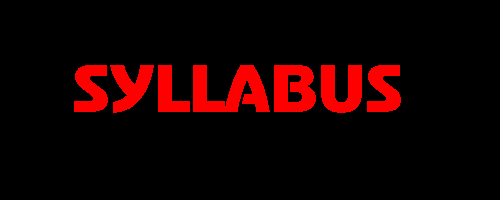 |
|||
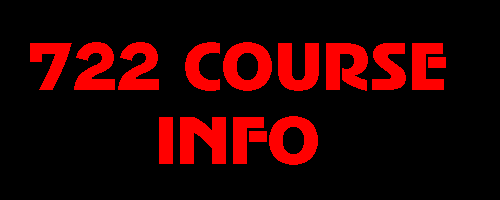 |
||||
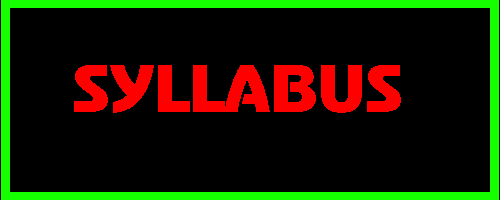 |
||||
 |
 |
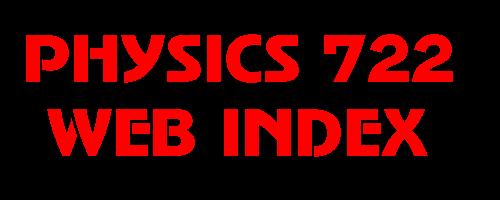 |
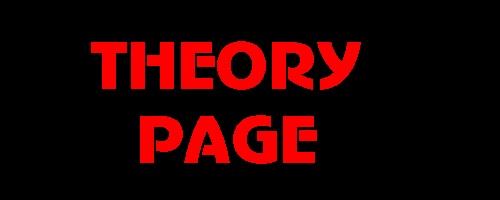 |
|
Send comments or questions to: ldurand@theory2.physics.wisc.edu
 |
 |
|||
 |
||||
 |
||||
 |
 |
 |
 |
|
Send comments or questions to: ldurand@theory2.physics.wisc.edu
PHYSICS 722, ADVANCED CLASSICAL THEORETICAL
PHYSICS
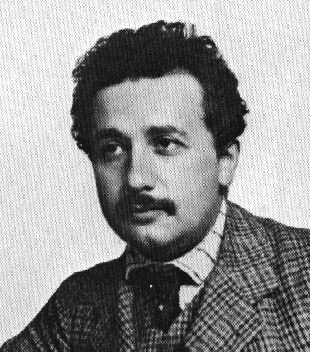
|
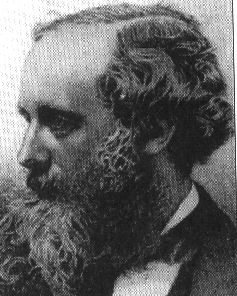
| |
| Albert Einstein 1905 |
James Clerk Maxwell |
| Week | Lec. | Date | Subjects |
|---|---|---|---|
| 1 | 1 | Jan. 20 | Jackson, Chaps. 11 and 12. Relativity: notation, matrix approach, properties of the transformation matrices, the Lorentz group SO(1,3). |
| 2 | 22 | Generators of infinitesimal transformations, algebraic properties, exponential representations of SO(1,3), rapidity and boosts, hyperbolic geometry. | |
| 2 | 3 | Jan. 25 | 4 velocity, the energy-momentum 4-vector, relativistic kinematics, geometric interpretation, examples. |
| 4 | 27 | Wigner rotations and the Thomas precession. The covering group SL(2,C), 2 × 2 matrix representations. | |
| Hw. 1 | 5 | 29 | Maxwell's equations, the Lorentz force equation. Covariant and contravariant 4 vectors, the electromagnetic potential and current 4 vectors. |
| 3 | 6 | Feb. 1 | The electromagnetic field tensor F, the dual field tensor *F, Maxwell's equations in covariant form. |
| 7 | 3 | Transformation properties of E and B, the field of a rapidly moving particle. | |
| Hw. 2 | 8 | 5 | Invariants of the fields. The electromagnetic energy-momentum tensor, conservation laws. |
| 4 | 8 | Feb. 8 | Energy-momentum flow in the electromagnetic field; particles with spin, the Bargmann-Michel-Telegdi equation. |
| 10 | 10 | Particle motion in uniform E and B fields, use of invariants. Jackson, Chap. 13. Interactions of particles in matter, energy loss in ionizing collisions. | |
| Hw. 3 | 11 | 12 | Ionizing collisions, classical and quantum regimes, limits on the impact parameter, dE/dx for relativistic particles. |
| 5 | 12 | Feb. 15 | Long distance effects in dielectrics; Fourier representations and frequency dependent fields, fields of a uniformly moving relativistic particle. |
| 13 | 17 | Frequency dependent expressions for the fields in terms of Bessel functions; energy flow and energy loss in a dielectric using the energy-momentum tensor; the density effect on dE/dx. | |
| Hw. 4 | 14 | 19 | Cherenkov radiation, transition radiation. |
| END OF UNIT 1 |
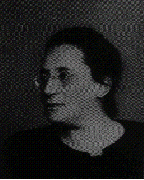
|
||
| Amalie Emmy Noether | ||
| Week | Lec. | Date | Subjects |
|---|---|---|---|
| 6 | 15 | Feb. 22 | Jackson, Chap 14. Green's functions, the Liénard-Weichert potentials, retarded fields, geometric interpretation. |
| 16 | 24 | HOUR EXAM IN CLASS ON THE MATERIAL IN UNIT 1, CHAPS. 11-13.6 IN JACKSON, PLUS LECTURE | |
| 17 | 26 | The electromagnetic field tensor, near and far fields, radiation by accelerated particles, the radiative stress tensor, energy and momentum flow. | |
| 7 | 18 | March 1 | The Larmor power scalar, power radiated and observed, angular distribution of radiation, examples. |
| 19 | 3 | Examples, scattering of radiation, Thomson scattering. | |
| Hw. 5 | 20 | 5 | Fourier description of radiation fields, angular and frequency distributions of radiation, approximations. |
| SPRING RECESS, MARCH 6-14 | |||
| 8 | 21 | March 15 | Synchrotron radiation, particles in magnetic fields. |
| 22 | 17 | Jackson, Chap. 15. Bremsstrahlung, particles subject to sudden accelerations, examples. | |
| Hw. 6 | 23 | 19 | Radiation for small accelerations, equivalent photon approximation, applications. |
| 9 | 24 | March 22 | Bremsstrahlung, synchrotron radiation in the equivalent photon picture, Thomson scattering of equivalent photons. |
| 25 | 24 | Goldstein, Chaps. 12, 13: classical fields, Hamilton's principle, the Euler-Lagrange equations and boundary conditions for fields. | |
| Hw. 7 | 26 | 26 | Examples of classical fields: the string, membrane, elastic solids, gases. |
| 10 | 27 | March 29 | Higher order Lagrangians, beams and plates, water waves. |
| 28 | 31 | Functional derivatives, Hamilton's equations for fields, Poisson brackets. | |
| Hw. 8 | 29 | April 2 | Noether's theorem, symmetries and constants of the motion. |
| 11 | 30 | April 5 | Examples, generators of symmetries, symmetry algebras, integrable systems. |
| 31 | 7 | Relativistic fields, the stress tensor; gauge transformations in electrodynamics. | |
| END OF UNIT 2 |
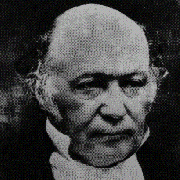 |
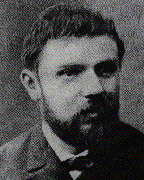 |
|
| William Rowan Hamilton | Henri Poincaré 1880 |
| Week | Lec. | Date | Subjects |
|---|---|---|---|
| Hw. 9 | 32 | April 9 | Hamiltonian mechanics, the symplectic structure of mechanics, canonical transformations. |
| 12 | 33 | 12 | Qualitative description of motion, phase space, exponential maps; Lagrange brackets. |
| 34 | 14 | The Cartan and Poincaré invariants, Liouville's theorem, Poincaré recurrences. | |
| 35 | 16 | HOUR EXAM IN CLASS ON THE MATERIAL IN UNIT 2, CHAPS. 14-15 IN JACKSON AND CHAPS. 12-13 IN GOLDSTEIN, PLUS LECTURE | |
| 13 | 36 | April 19 | Goldstein, Chap. 10: Transformation to constant coordinates, generating functions, Hamilton-Jacobi theory, separation of variables, examples. |
| 37 | 21 | Action and angle variables, oscillator, separable systems, multiply periodic systems, invariant tori. | |
| Hw. 10 | 23 | Goldstein, Chap. 11: Fourier series, canonical perturbation theory. | |
| 14 | 38 | April 26 | Examples; secular perturbations. |
| 39 | 28 | Adiabatic invariants, examples and applications. | |
| Hw.11 | 40 | 30 | Stability of motion, Lyapunov exponents; parametric resonance. |
| 15 | 41 | May 3 | Periodic potentials, mappings at a period, qualitative analysis of motion. |
| Hw. 12 | 42 | 5 | Accelerators; the rings of Saturn. |
| END OF UNIT 3 | |||
| Final | May 14 | FINAL EXAM MONDAY, MAY 10, 12:25 pm, EMPHASIS ON UNIT 3, GOLDSTEIN CHAPS. 10, 11 PLUS LECTURE | |